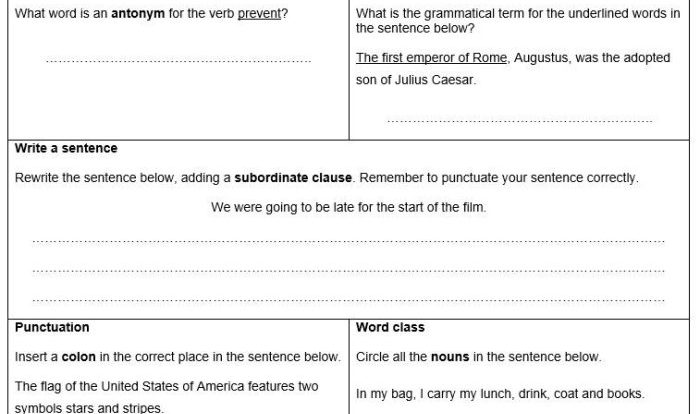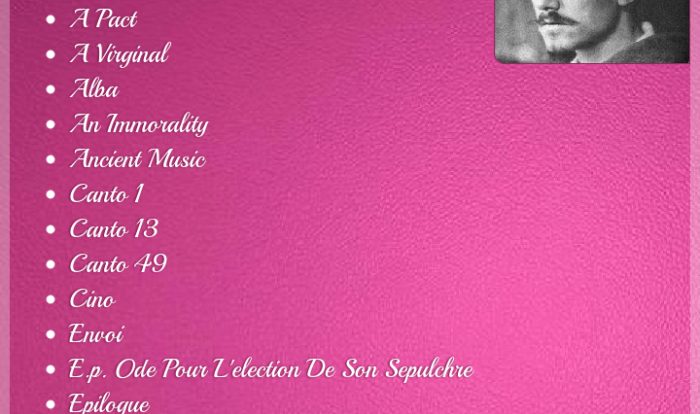Embark on a literary adventure with Lord of the Flies journal prompts! Dive into the depths of this classic novel and explore its profound themes, intriguing characters, and thought-provoking social dynamics.
Through these carefully crafted prompts, unravel the significance of the conch shell, witness the island’s transformation, and delve into the primal instincts embodied by the Lord of the Flies.
Themes and Symbols
The conch shell holds immense significance throughout the novel. Initially, it serves as a symbol of order and civilization, allowing the boys to maintain a semblance of democracy. Its loss represents the descent into chaos and savagery, as the boys abandon reason and succumb to their primal instincts.
Symbolism of the Island, Lord of the flies journal prompts
The island itself undergoes a profound transformation. Initially a paradise, it gradually becomes a hostile and dangerous place, reflecting the boys’ own moral decay. The lush vegetation becomes overgrown and tangled, symbolizing the loss of innocence and the emergence of fear and violence.
Lord of the Flies
The Lord of the Flies, a monstrous pig’s head, embodies the primal instincts that lurk within the boys. Its presence tempts them with violence and cruelty, leading them to abandon their humanity and embrace their darker nature.
Characterization
The characters in Lord of the Fliesare complex and multifaceted, and their interactions drive the novel’s plot and themes. The novel explores the nature of human civilization and the inherent conflict between good and evil.
Ralph
Ralph is the elected leader of the boys on the island. He is a natural leader, with a strong sense of responsibility and a commitment to fairness. However, Ralph’s leadership is challenged by Jack, who represents the darker, more savage side of human nature.
Jack
Jack is Ralph’s rival for leadership of the boys. He is a charismatic and ruthless leader, who appeals to the boys’ primal instincts. Jack’s leadership style is based on fear and intimidation, and he is willing to use violence to achieve his goals.
Piggy
Piggy is the intellectual of the group. He is overweight and asthmatic, but he is also intelligent and resourceful. Piggy represents the voice of reason and order on the island, but he is often ignored or ridiculed by the other boys.
Simon
Simon is a visionary and a mystic. He is able to see the truth about the island and the boys, but he is also isolated and misunderstood. Simon represents the spiritual side of human nature, and his death is a turning point in the novel.
Roger
Roger is a cruel and sadistic boy. He is Jack’s right-hand man, and he carries out Jack’s orders without question. Roger represents the dark side of human nature, and he is capable of great violence.
Social Structure and Conflict
The island’s social structure initially reflects the boys’ societal norms, with Ralph as the elected leader and Jack as the head of the hunters. However, as the boys’ stay on the island prolongs, their social hierarchy becomes more complex and volatile.
Development of Social Hierarchy
Ralph’s leadership is challenged by Jack’s increasing power and influence. Jack’s savage instincts and emphasis on violence appeal to the boys’ primal instincts, gradually eroding Ralph’s authority. The division between the two groups becomes increasingly evident, with Ralph’s followers representing order and civilization, while Jack’s tribe embraces chaos and barbarism.
Causes of Conflict
The conflicts between the boys stem from several factors:
-
-*Fear
The boys’ fear of the unknown and the island’s perceived dangers drives them towards conflict. This fear manifests in their fear of the “beast,” a symbol of their own primal instincts.
-*Prejudice
The boys’ prejudices against each other, based on physical appearance, social class, and personal differences, further fuel the conflicts.
-*Power Struggles
Jack’s desire for power and control leads him to challenge Ralph’s leadership, exacerbating the conflicts between the two groups.
Role of Fear and Prejudice
Fear and prejudice play a significant role in shaping the boys’ behavior on the island. Fear drives them to seek safety and protection, while prejudice blinds them to the value of diversity and cooperation. The boys’ fear of the “beast” leads them to irrational and violent behavior, while their prejudices against each other create a climate of distrust and animosity.
Civilization vs. Savagery: Lord Of The Flies Journal Prompts
The boys on the island initially attempt to maintain a semblance of civilization, electing a leader (Ralph) and establishing rules. However, as time passes, their civilized veneer gradually erodes, and they descend into savagery.
The Fragility of Civilization
The boys’ actions on the island highlight the fragility of civilization. Without the structure and guidance of adults, they quickly revert to their baser instincts. They become obsessed with hunting, fighting, and establishing dominance. Their rules and laws are abandoned, and they resort to violence and intimidation.
The Significance of the Ending
The ending of the novel is significant as it suggests that the descent into savagery is an inherent part of human nature. Even the most civilized of individuals can revert to savagery when faced with extreme conditions. The boys’ experience on the island serves as a cautionary tale about the dangers of complacency and the importance of maintaining civilized values.
Literary Devices
William Golding’s Lord of the Fliesis a profound and complex novel that employs a range of literary devices to convey its themes and insights. Foreshadowing, irony, symbolism, allegory, and a carefully crafted structure all contribute to the novel’s impact and resonance.
Foreshadowing and Irony
Golding masterfully employs foreshadowing to hint at future events and outcomes. For instance, the initial discovery of the conch foreshadows its significance as a symbol of order and civilization. The arrival of the “beast” is foreshadowed through the boys’ nightmares and the strange noises in the forest.
Irony also plays a significant role, highlighting the contrast between the boys’ initial optimism and the eventual descent into chaos and violence.
Symbolism and Allegory
Lord of the Fliesis replete with symbolism, with objects and characters representing abstract concepts and themes. The island itself symbolizes the human condition, where the absence of adult supervision allows the boys’ true nature to emerge. The conch represents order and civilization, while the “beast” symbolizes the darkness and savagery within all humans.
The novel also operates as an allegory, with the boys’ experiences on the island representing the broader human experience and the challenges of civilization.
Structure and Themes
The novel’s structure mirrors its thematic progression. The initial chapters establish the idyllic setting and the boys’ initial optimism. As the novel progresses, the descent into chaos and violence is paralleled by the increasing fragmentation of the narrative. The climactic battle on the beach represents the culmination of the boys’ conflict and the ultimate triumph of savagery over civilization.
The novel’s ending, with the arrival of the naval officer, offers a glimpse of hope and a reminder of the importance of adult guidance.
FAQs
What is the significance of the conch shell in Lord of the Flies?
The conch shell represents order, authority, and the remnants of civilization. Its loss symbolizes the descent into chaos and savagery.
How does the island transform throughout the novel?
Initially a paradise, the island gradually becomes a symbol of fear, violence, and the loss of innocence.
What does the Lord of the Flies represent?
The Lord of the Flies is a manifestation of the boys’ primal instincts and the darkness that lurks within human nature.

